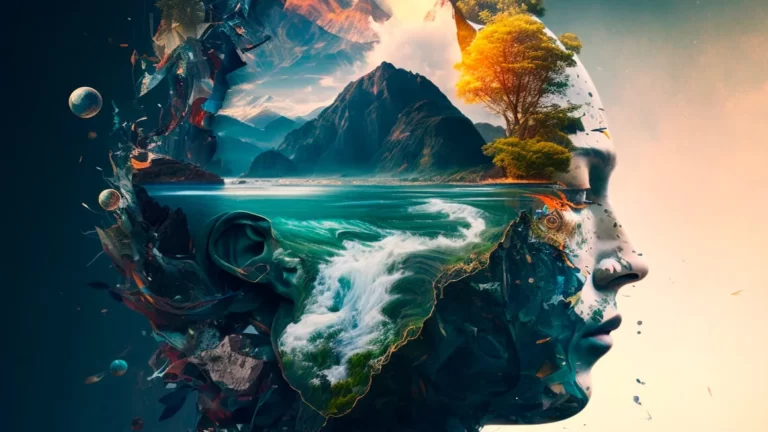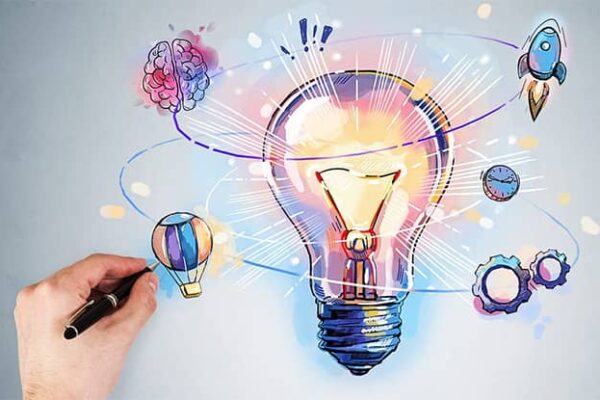Creative potential is a set of individual abilities, knowledge, skills and personal characteristics that allow a person to successfully demonstrate creativity in various fields of activity. This potential includes cognitive, emotional and motivational aspects that interact with each other and form the basis for creative thinking and innovative solutions.
Creative potential can come in many forms, such as artistic expression, scientific research, technical invention, or organizational development. It may also vary depending on the individual, cultural context and educational environment in which the person develops.
It is important to note that creativity is not static and can develop throughout life. Learning, experience and interaction with other people stimulate the growth of creativity, helping a person expand his horizons and find new ways for self-realization and success.
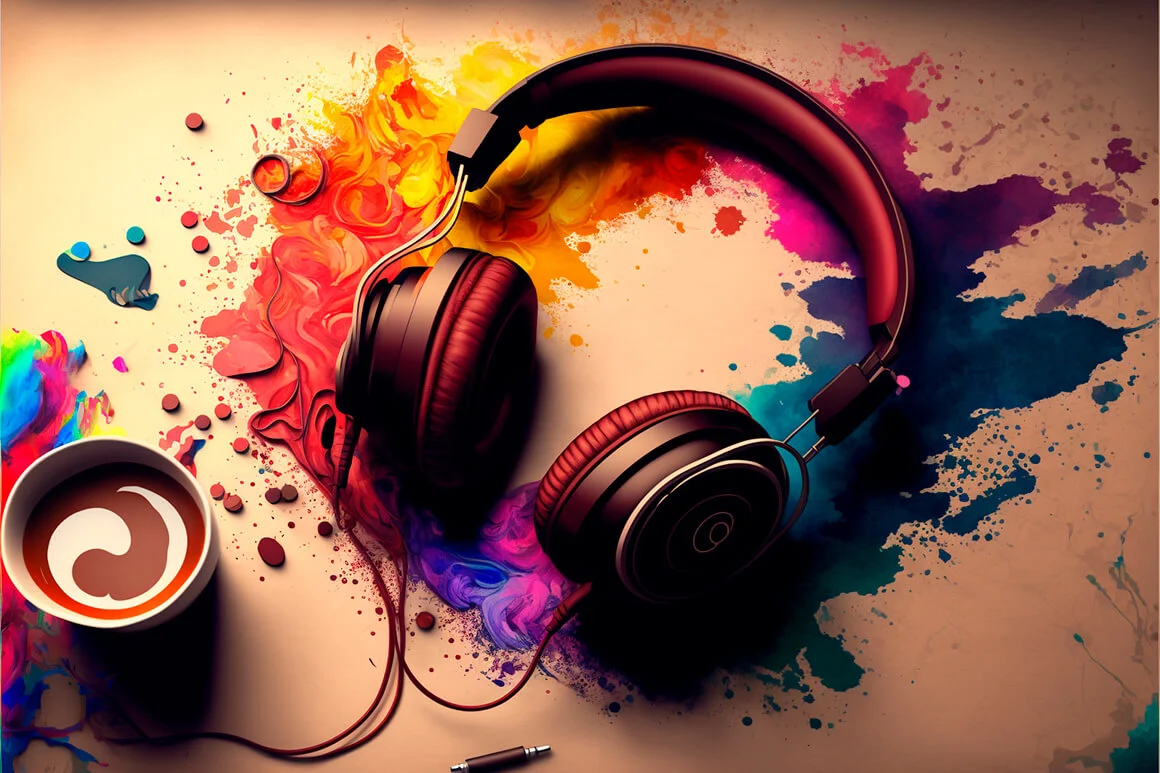
Properties of creative potential
- Flexibility of thinking: the ability to consider problems from different points of view, find new and unexpected approaches to solving problems.
- Associative thinking: the ability to create new associations between different concepts and ideas.
- Observational: the ability to carefully observe the world around you and discover new ideas based on observations.
- Intuition: the ability to use intuition and gut feelings to find solutions.
- Openness to new things: the ability to openly accept new ideas and concepts, as well as the ability to rethink already known facts.
- Patience and persistence: the ability to continue working on a problem despite possible setbacks and difficulties.
- Creativity: the ability to create new and original ideas, find innovative solutions to problems.
- Communication: the ability to communicate effectively with others, exchange ideas, and respond constructively to criticism.
- Self-confidence: confidence in one’s strengths and abilities helps a creator realize his potential and not be afraid of non-standard solutions.
- Deep understanding of the subject area: knowledge and expertise in a particular field helps a creator generate new ideas and solve complex problems.
- Creative intuition: the ability to sense which solutions and ideas will be most effective, without relying on formal methods and algorithms.
- Fantasy and imagination: the ability to come up with and visualize new ideas, to display non-existent things and phenomena in the head.
- Multitasking: the ability to quickly switch between different tasks and projects while maintaining quality work.
- Self-criticism: the ability to analyze your work, look for and correct mistakes, highlight the strengths and weaknesses of the creative process.
- Teamwork ability: ability to work effectively in a group, share ideas, and respond constructively to the opinions of others.
- Experimentation: the ability to try new approaches and methods, even though they may potentially not work, and to learn from one’s mistakes.
- Cultural and social literacy: knowledge and understanding of cultural and social factors that can influence the creative process and output.
- Self-Organization: the ability to organize your work process and manage time to achieve the best results.
- Risk-taking: the ability to take risky decisions, even if doing so may result in failure.
- Originality of thinking: the ability to think outside the box, go beyond established rules, create new approaches and solutions.
It is important to note that the properties of creative potential are not strictly given and can be developed and improved through practice and training.
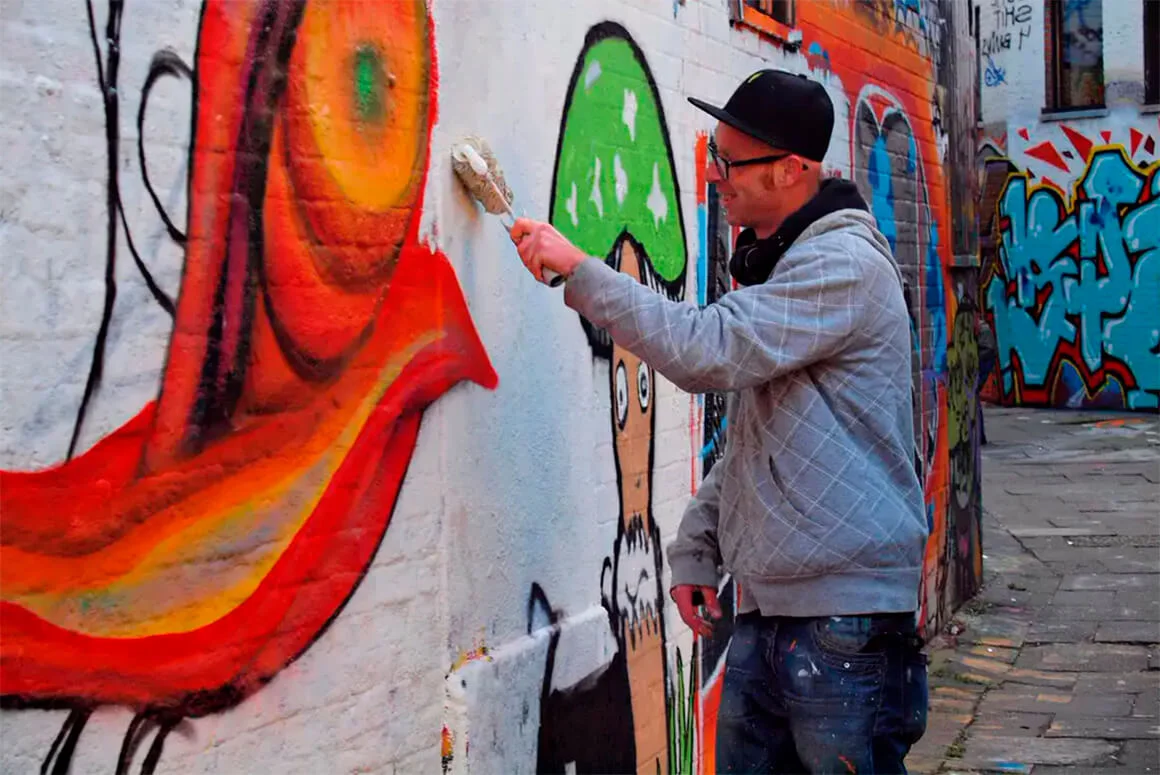
What is the creative process?
The creative process is a sequence of actions and mental operations that lead to the creation of a new, original and valuable product, idea or solution. The creative process consists of several stages, which can manifest themselves in different forms and situations, depending on the individual characteristics of the creator, the field of activity and the context of the task.
Traditionally, there are four main stages of the creative process:
- Preparation. At this stage, a person is engaged in collecting information, studying the subject, thinking about the problem and defining goals. This includes reading, researching, learning and discussing ideas with other people.
- Incubation. During incubation, there is a “rest” from actively solving the problem. At this stage, subconscious processes begin to form new associations, combinations and rearrangements of the original data. Incubation can occur while sleeping, walking, doing other activities, or simply by distracting yourself from the problem for a while.
- Illumination. The illumination stage is the moment when a person suddenly comes to a new and original solution or idea. This may occur as a result of unexpected inspiration, association, or intuitive judgment. Sometimes this moment is described as a “eureka” or “epiphany.”
- Verification or implementation. At the last stage of the creative process, a person tests, evaluates and refines his idea or solution. This may include experiments, simulations, critical analysis, discussion with experts, or publication of results. As a result, the final product of creative activity appears, which can be presented in the form of a work of art, a scientific article, an invention or a new business model.
These four stages of the creative process provide a general framework that can be applied to a wide range of original activities. However, depending on the context and the specific task, the creative process may have a more complex structure and include additional stages or sub-stages.
Furthermore, it is important to understand that the creative process is dynamic and iterative, meaning that a creator may move from one stage to another several times and return to previous stages as they develop their idea or solution. It should also be noted that creativity can be unique to each individual creator, and there are no hard and fast rules or formulas that guarantee the success of a creative endeavor.
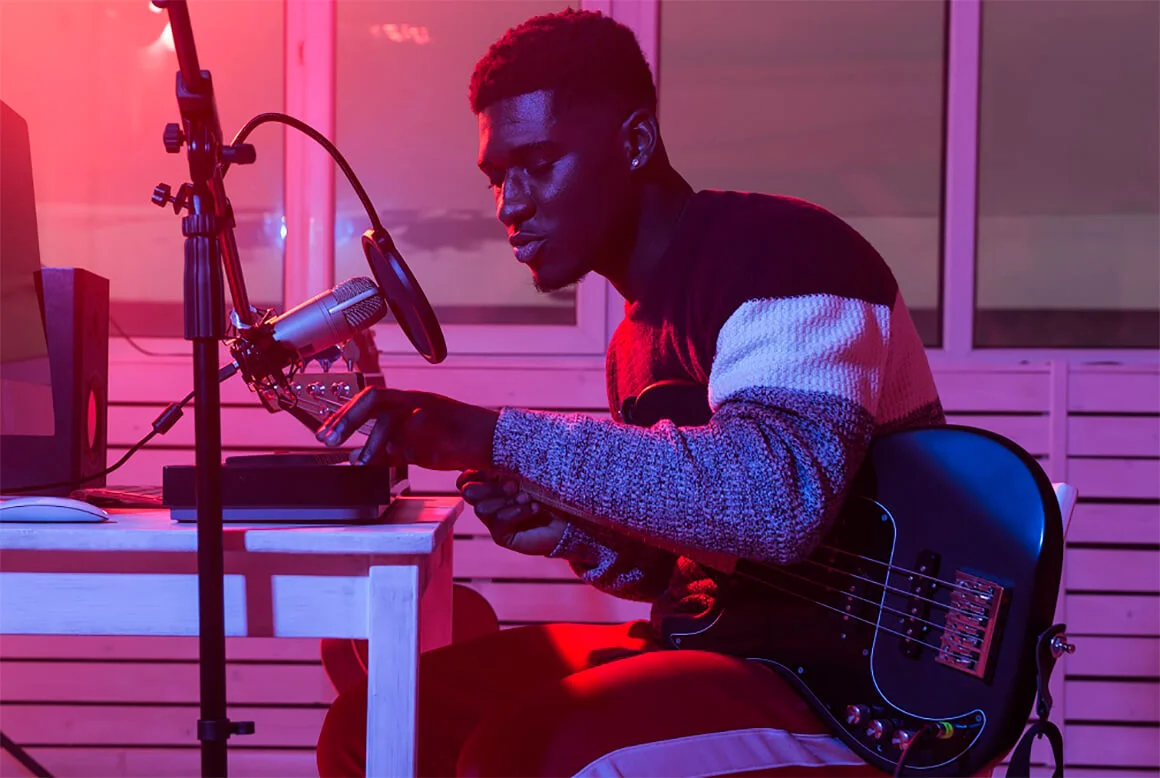
What are creative abilities?
Creative abilities are the capacities of an individual to create something new and unique that did not previously exist. They can manifest themselves in different areas of our lives, including art, literature, music, science, technology, etc.
Creative abilities includes the ability to come up with creative ideas, find new solutions and approaches to problems, see things from a different perspective, analyze and synthesize information, be open to experimentation and risk-taking, and find pleasure in creativity.
Creative abilities can be either innate or acquired. Some people are born with great potential in certain areas but do not use it, while others develop their creative skills through constant practice and experience.
People with high creative abilities often think outside the box and can see connections between different ideas, concepts and possibilities in all areas of life.
Creative abilities help us find new solutions to problems and develop as individuals. They are also important for promoting innovation and progress in science, technology, art, music, etc.
The development of creative abilities can occur either independently or with the help of various methods and techniques, such as brainstorming, analytical thinking, increasing the level of education, special exercises, courses and trainings, reading, etc.
One of the key aspects of creativity is the ability to think intuitively and freely. This allows creative people to find non-standard solutions and approaches to problems based on their personal experience and intuition.
It is important to note that creative abilities can come in different forms and at different levels. Some people express their creativity through art or literature, others through science or business.
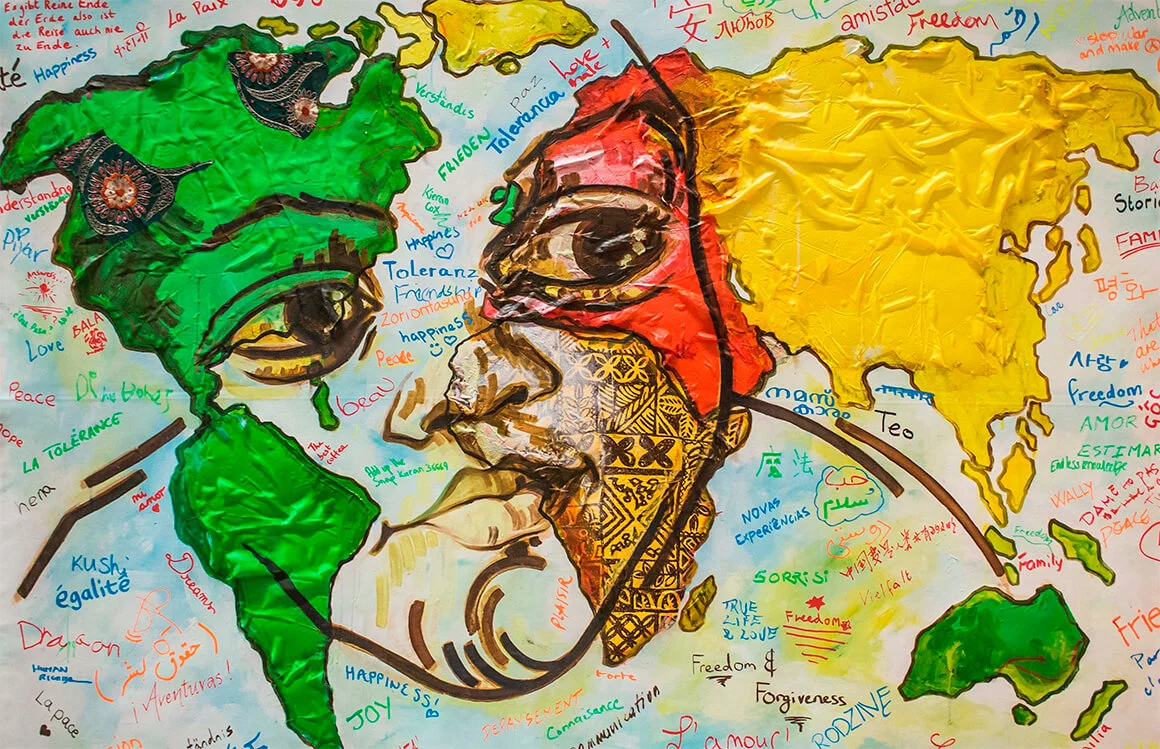
Cognitive theories of creativity
1. Similarity-disagreement-reconstruction (SDR) is a theory of creativity proposed by A.F. Gentner and M.D. Smith. According to this theory, the creative process consists of three stages:
- similarities;
- disagreements;
- reconstruction.
At the similarity stage, the creator finds analogies between different objects, ideas or concepts. During the disagreement stage, the creator discovers the differences between these analogies and begins to consider possible ways to combine them or overcome the differences. During the reconstruction stage, the creator combines similarities and differences into a new concept or idea.
2. Structure of Intelligence Theory (SIT) is a theory of creativity proposed by J.P. Guilford. According to this theory, creativity can be described through the structure of intelligence, which consists of 120 factors that describe various aspects of cognitive ability. Guilford identifies three categories of cognitive operations that influence creativity:
- knowledge operations (for example, understanding, remembering);
- operations of thinking (for example, analysis, synthesis, evaluation);
- evaluation operations (for example, generating ideas, evaluating alternative solutions).
SIT emphasizes that creativity depends on the unique combination of cognitive operations that each individual possesses.
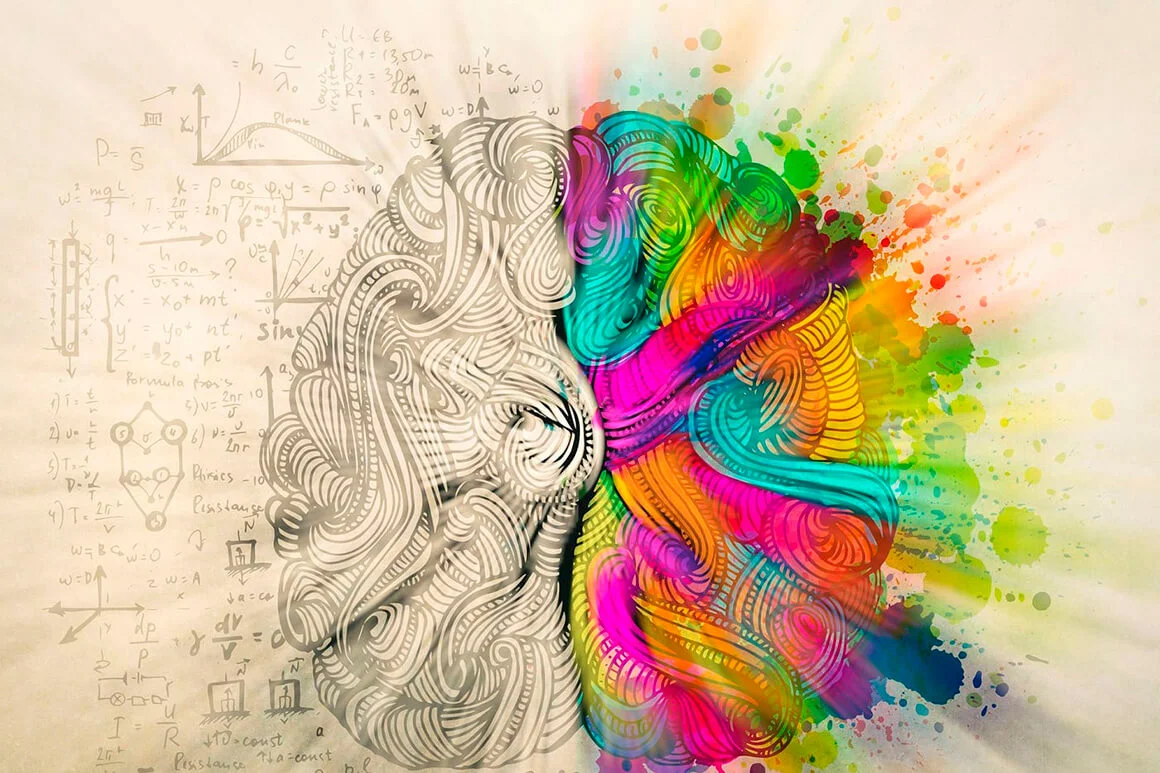
Constructivist theories of creativity
1. Creative Problem Solving Theory (CPS) is a constructivist theory of creativity developed by Karl Duncker. According to this theory, the creative process consists of finding a new, non-standard solution to a problem and consists of four stages:
- understanding the problem;
- environmental research;
- reassessment of the starting point;
- productive thinking.
At the problem understanding stage, the creator sets the goal and defines the problem. At the stage of exploring the environment, the creator searches for information and experiments with possible solutions. During the reassessment stage, the creator revises his assumptions and looks for new approaches to solving the problem. At the stage of productive thinking, the creator chooses the most suitable solution and implements it.
2. The genetic approach is a constructivist theory of creativity developed by Rune Wallenberg. According to this theory, the creative process is evolutionary and occurs as a result of the gradual development of ideas and concepts. The genetic approach involves four steps:
- obstacle;
- search for new solutions;
- transformation;
- implementation.
In the obstacle stage, the creator is faced with a problem or problem that needs to be solved. At the stage of searching for new solutions, the creator looks for new ideas and opportunities to solve the problem. During the transformation stage, the creator transforms and modifies his ideas and concepts to better suit the task at hand. At the implementation stage, the creator brings their ideas to life in the final product.
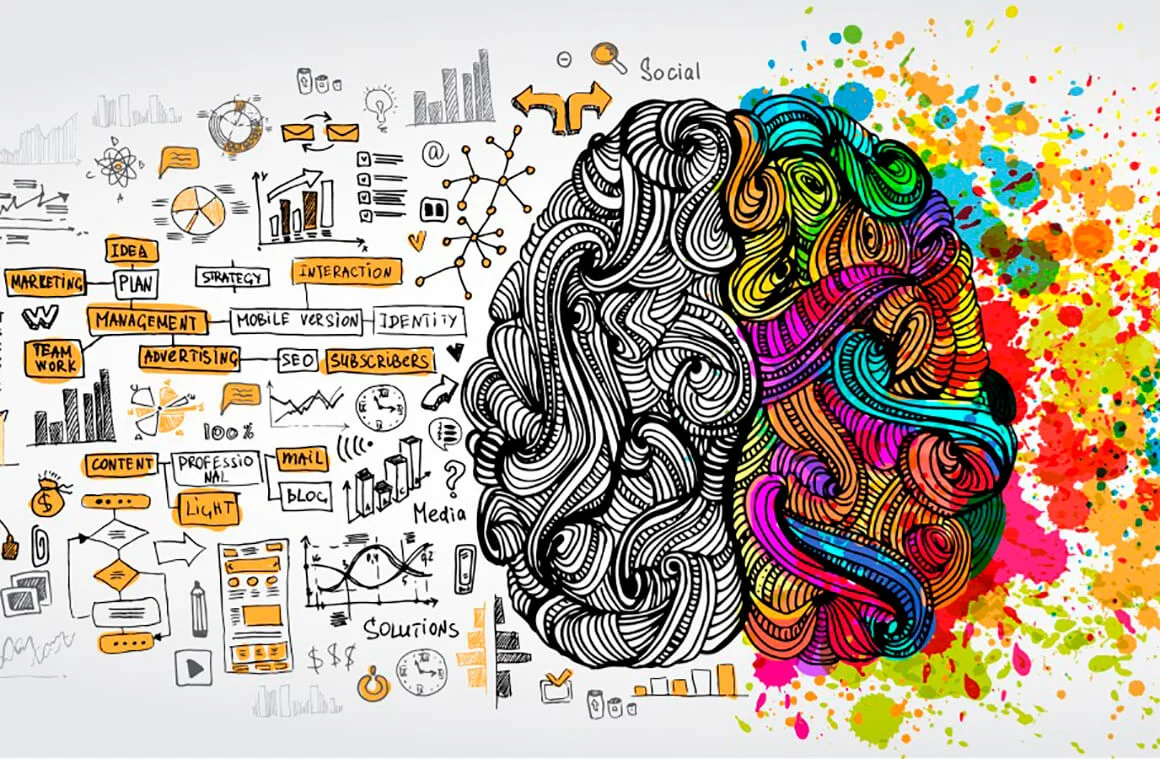
Psychoanalytic theories of creativity
1. The Theory of the Subconscious (TS) is a psychoanalytic theory of creativity developed by Sigmund Freud. According to this theory, the creative process is associated with the work of the subconscious. Freud believed that many creative works are projections of unconscious desires and conflicts. TS suggests that the creative process can be stimulated by various mental processes, such as free association, translation and interpretation of dreams, and analysis of symbols and metaphors. According to Freud, creativity can serve as a way of expressing and realizing the unconscious parts of the personality.
2. Individuation Theory (IT) is a psychoanalytic theory of creativity developed by Carl Jung. According to this theory, the creative process is a manifestation of individuation, the process of self-realization and personality development. Jung believed that creativity can help a person in the process of realizing and expressing his internal conflicts and unconscious parts of his personality. IT suggests that the creative process begins with an act of creative imagination, which allows the individual to feel his freedom and independence from external restrictions and norms. Jung also distinguishes two types of creativity: expressive (personal expression) and adaptive (solving problems and problems).
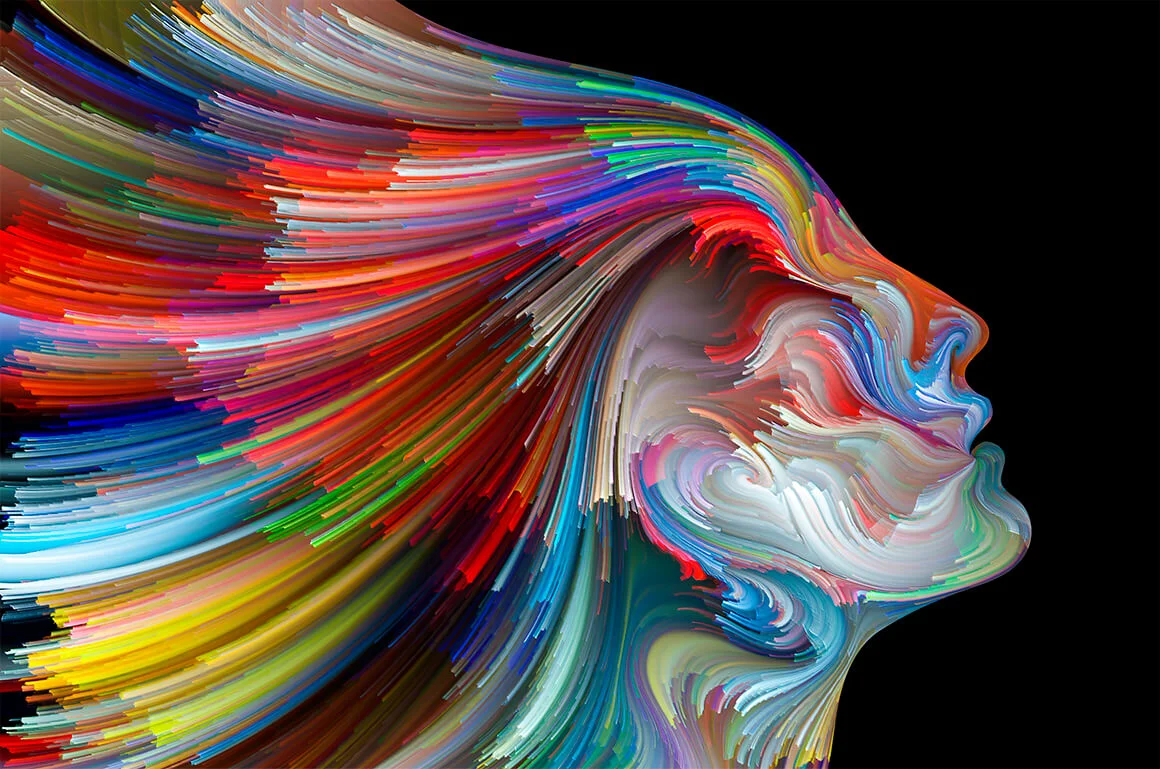
System theories of creativity
1. Theory of Innovation (TI) is a systems theory of creativity developed by Everett Rogers. According to this theory, the creative process is associated with the development of innovation and new ideas. TI suggests that creativity begins with the experience of uncertainty and nonconformity, which can be stimulated by external factors such as conflicts, changes in circumstances, or sudden discoveries. Rogers identifies five stages in the innovation process:
- awareness of the problem;
- discussion;
- preparation;
- implementation;
- spreading.
TI emphasizes that creativity is the result of the interaction between the individual and the environment, and also emphasizes the role of communication and information exchange in the process of creating innovation.
2. Semiotic Theory of Creativity is a system theory of creativity developed by Yuri Lotman. According to this theory, the creative process involves the use of various sign systems such as language, art and symbols. Semiotic theory suggests that creativity consists of creating new combinations of signs that create new meanings and significance. Lotman identifies three levels of creativity:
- individual;
- cultural;
- historical.
At the individual level, creativity is associated with experimentation and rethinking of existing sign systems. At the cultural level, creativity is associated with the creation of new cultural codes and meaning systems. At the historical level, creativity is associated with the evolution of cultural systems and the change of dominant sign systems.
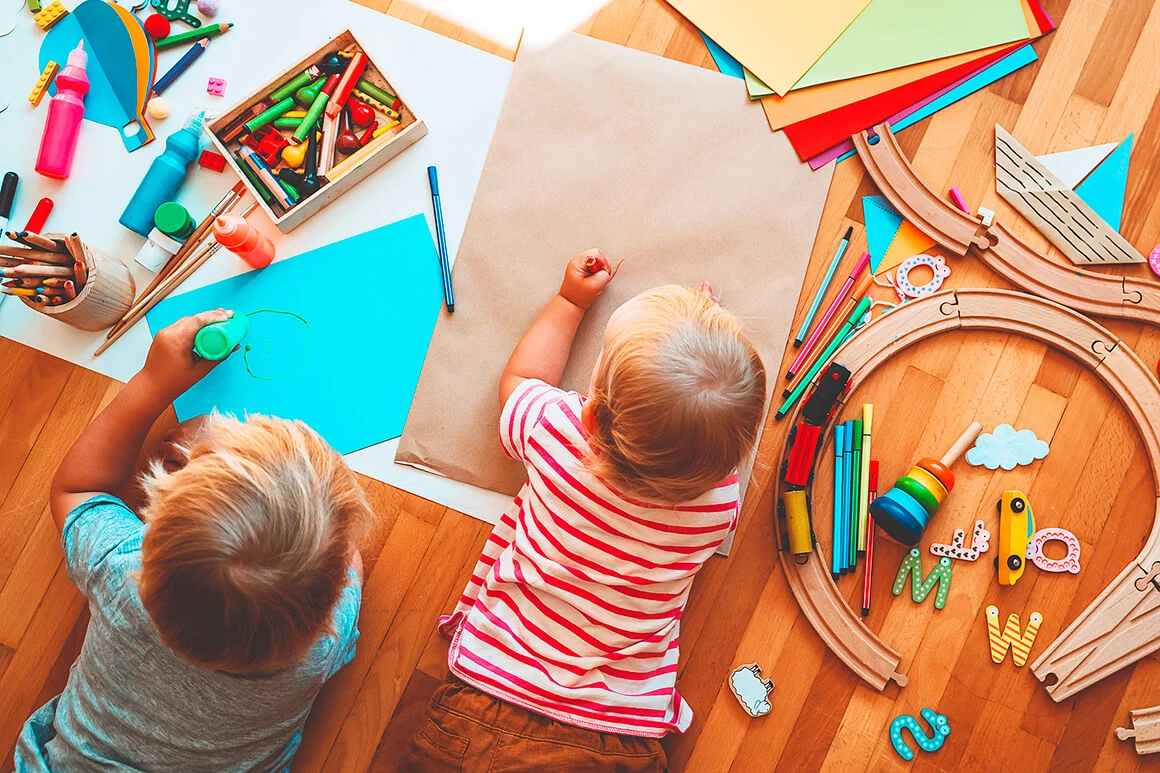
Age-related features of the development of creative potential
A person’s creative potential develops throughout life, and its development can be divided into certain age stages. It is important to note that age limits may vary depending on the individual characteristics of each person.
- Early childhood (0-6 years). During this period, children actively explore the world around them, showing the first signs of creative potential. Their creativity manifests itself in games, fantasy, drawing and musical activities. It is important to stimulate children’s creativity at this stage of their development.
- Junior school age (7-11 years). At this stage, children begin school, where various activities and projects help develop creativity. Their interests become more focused and varied, and their critical thinking begins to develop.
- Adolescence (12-18 years). Teenagers begin to search for their individuality, and creativity can become one of the ways to express themselves. At this age, it is important to provide teens with opportunities to develop their interests and talents, as well as encourage them to think critically and solve complex problems. At this stage, creativity can be expressed in various forms of art, scientific research, literature and technology.
- Maturity (18-65 years old). As an adult, creativity can manifest itself in professional and personal life. Often people at this time strive for self-realization and search for their purpose. Adults can use their life wisdom and experience to solve complex problems and create and implement new ideas.
- Old age (65 years and older). Despite the fact that at this stage of life physical capabilities decrease, a person’s creative potential continues to develop. As people age, they can use their wealth of life experience to solve problems and pass on knowledge and skills to future generations. Creative activities can also play a significant role in maintaining cognitive function and social functioning. Continuing to pursue hobbies, join arts groups, and learn new skills can help maintain creativity as you age.
Human creative potential develops constantly and manifests itself in different forms at different stages of development. Parents, teachers, mentors and friends play a key role in stimulating and supporting him at each of these stages. They provide resources, feedback, support and create a favorable environment for the growth of creativity and self-realization. To maximize your creative potential, you must constantly seek new opportunities to learn, develop interests and talents, and connect with other creative people.
Self-development and continuous learning are key components to developing creativity. Curiosity, openness to new ideas and a willingness to experiment help maintain and develop creative abilities throughout life. Creativity has been proven to improve quality of life, strengthen social connections, and develop personal qualities such as self-esteem, adaptability, and problem-oriented thinking.
Thus, the development of creative potential is an important aspect in a person’s life at all stages of its development.
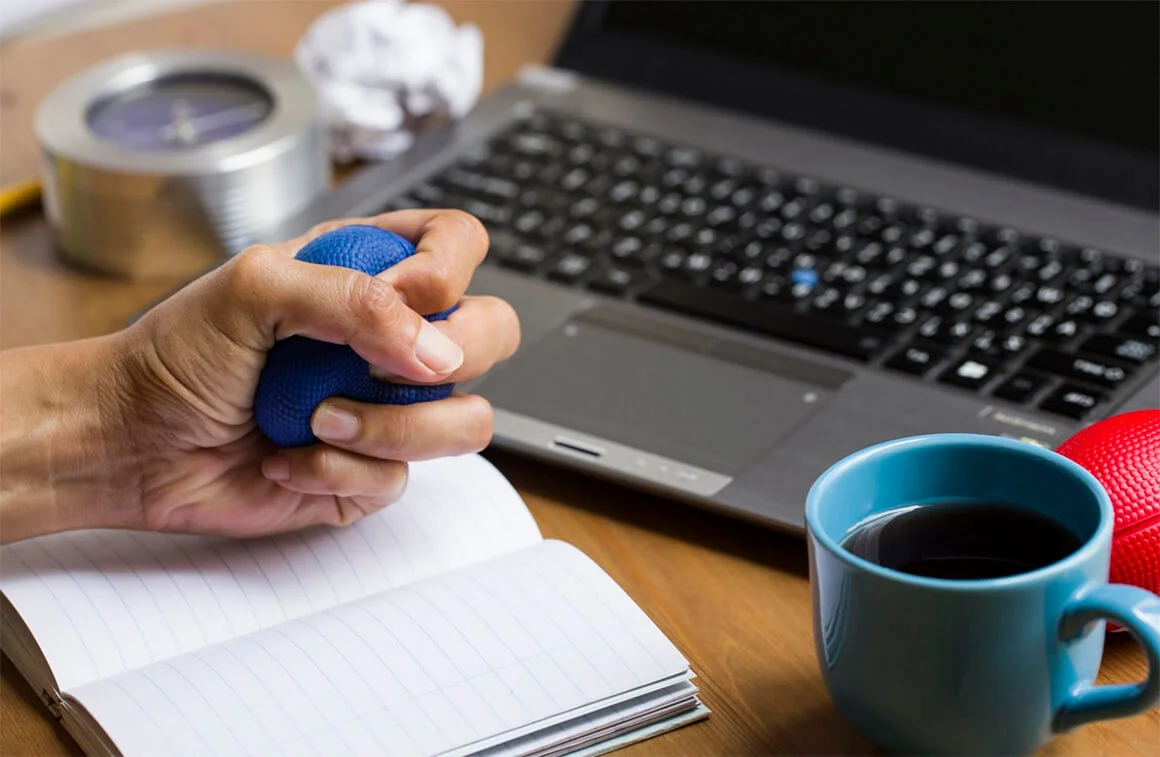
What influences creative potential?
- Genetics: heredity can influence the development of creativity. Some studies show that certain genes are associated with creativity.
- Education: acquired education can broaden your horizons and provide the skills needed for creative work.
- Environment: our environment influences creativity. Inspiration can come from events, people or visiting certain places
- Personality characteristics: personality traits such as curiosity, openness to new ideas, risk-taking, flexibility and originality of thinking can contribute to the development of creativity.
- Experience: the more experience a person has in a particular field, the more likely they are to apply their creativity there.
- Emotional state: mood and emotions influence creativity. Some studies show that positive emotions improve creative thinking.
- Degree of freedom and independence: many people prefer to be creative in a free and independent environment where they can self-direct their work and not feel pressured by others.
- Interests and hobbies: favorite activities can stimulate creative thinking and help a person develop their creative abilities.
- Motivation: an individual with strong motivation and drive to achieve goals may be more creative.
- Culture: the sociocultural context in which a person lives influences his creativity. For example, a culture that encourages individuality and original thinking promotes the development of unique abilities.
- Technology: the availability of new technologies and tools helps enhance creativity and open up new opportunities for creative work.
- Criticism and feedback: constructive criticism and feedback can help a person improve their creative skills and develop their potential.
- Physical health affects the quality of creative work. For example, a healthy lifestyle can improve the quality of thinking and increase concentration.
- Mental health also impacts creativity. Scientific research shows that people with mental disorders are more creative. However, too much stress, anxiety and depression can negatively impact your ability to create.
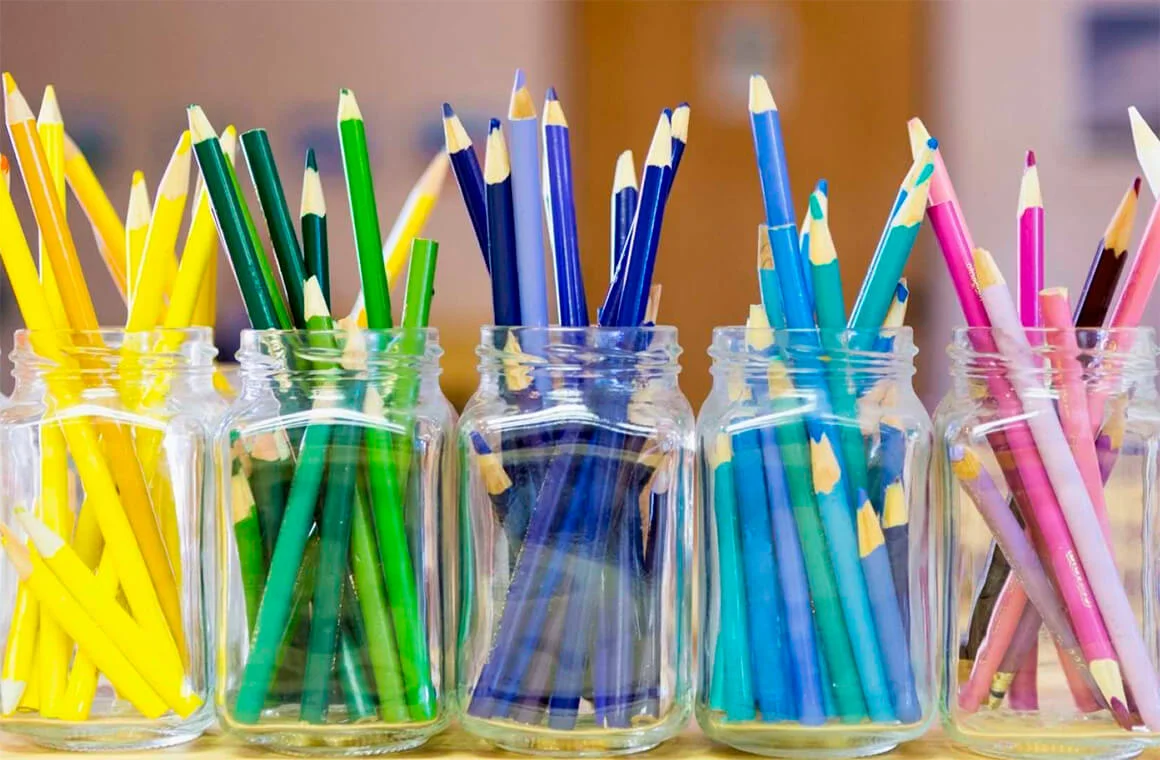
Methods of teaching creativity
Methods of teaching creativity help develop creative potential, broaden horizons and enrich life experiences. Some of these methods may include:
- Learning techniques and techniques of the creative process: this may include learning different ways to generate ideas, develop concepts, create original designs, etc. Often, such learning techniques help overcome creative block and find new ways to solve problems.
- Exploring new technologies and ways of working: constantly learning new technologies and ways of working helps you improve your skills and find new ways to be creative. For example, learning new graphic editors, programs or interior design.
- Getting to know the biographies of unique people: studying the biographies of successful creative people, such as artists, writers, directors, etc., allows you to get inspired and gain new ideas. You can study their working techniques, worldview, sources of inspiration, etc.
- Participation in master classes and trainings: attending master classes and trainings on creative activities helps you learn new techniques and approaches, as well as try them in practice. This is a great opportunity to network with fellow creatives and get feedback.
- Reading and studying creative literature: reading books, articles and other literature devoted to creative activity provides an opportunity to gain new knowledge and ideas for creative work. You can also study art history and explore how creativity has changed over time.
- Practice creative activity: the most effective way to develop creative potential is practice. The more you engage in creativity, the more experience and confidence you gain in your abilities. Try to constantly experiment, look for new ways to solve problems and not be afraid of mistakes, because mistakes often become the source of new ideas and solutions.
- Collaborations with other creative people: working with other creative people allows you to look at the creative process from a different perspective and gain new ideas. You can collaborate with professionals, create joint projects, exchange experiences and receive feedback.
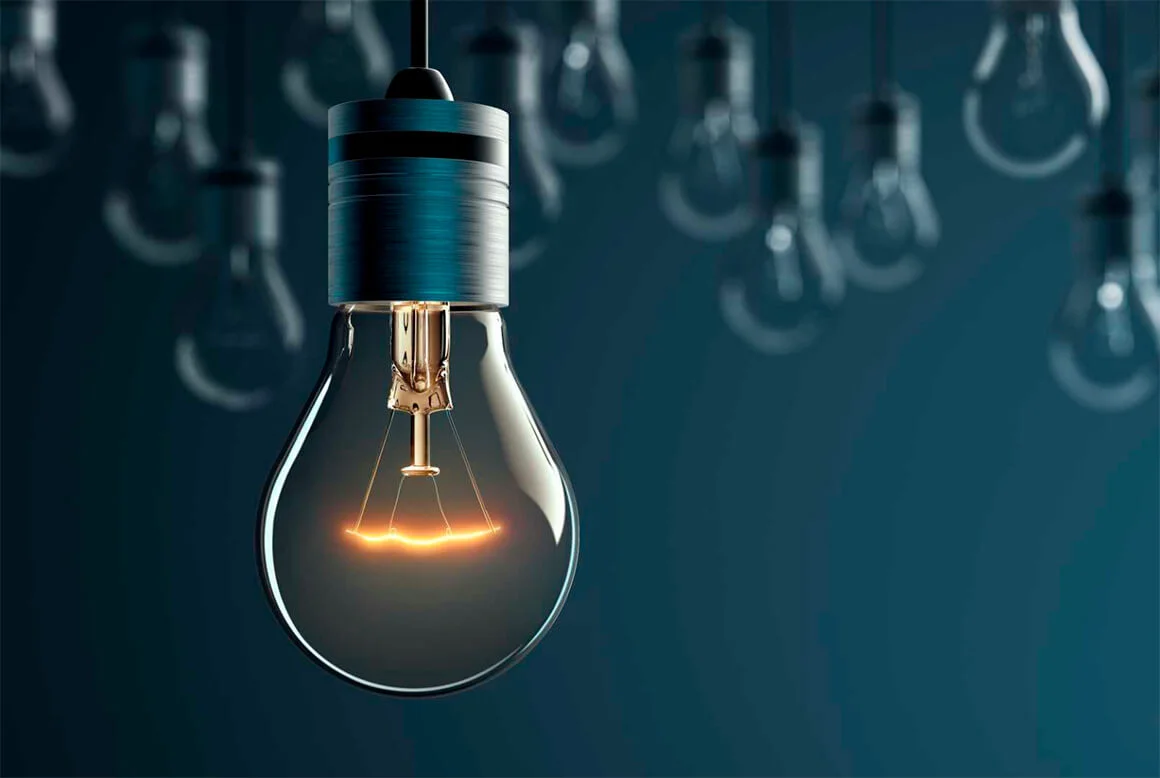
How to develop creative thinking?
Development of creative thinking – the ability to generate new ideas, find innovative solutions and approaches to problems. This is a very important skill that can be useful in many life situations, including work, personal life and creative activities. Here are some ways to develop creative thinking:
- Games and exercises to develop creative thinking: there are many games and exercises that can help develop creative thinking. For example, games to develop associative thinking, tasks to create non-standard solutions, design objects, etc. Such games and exercises can be very interesting and useful, as they train the brain to look for new and unusual approaches.
- Learning new skills and exploring new areas of knowledge helps you broaden your horizons and learn new approaches to problem solving. For example, learning a new language, programming or design provides an opportunity to learn how to analyze information differently and look for innovative solutions.
- Traveling and meeting new people broadens your horizons and gives you the opportunity to experience new cultures and ways of life. This inspires the creation of new ideas and solutions.
- Meditation and relaxation help improve concentration and more efficient brain activity. This helps open the way to new ideas and solutions.
- Developing personal interests and hobbies allows you to learn to analyze and perceive the world around you in a new way, stimulates creativity and helps you find new ideas for creative projects.
Developing creative thinking is a process that requires constant learning, practice and experimentation. Feel free to try new approaches and find your own methods for developing creative ideas. Also remember that developing creative thinking takes time and persistence, so don’t be discouraged if it doesn’t work out right away.
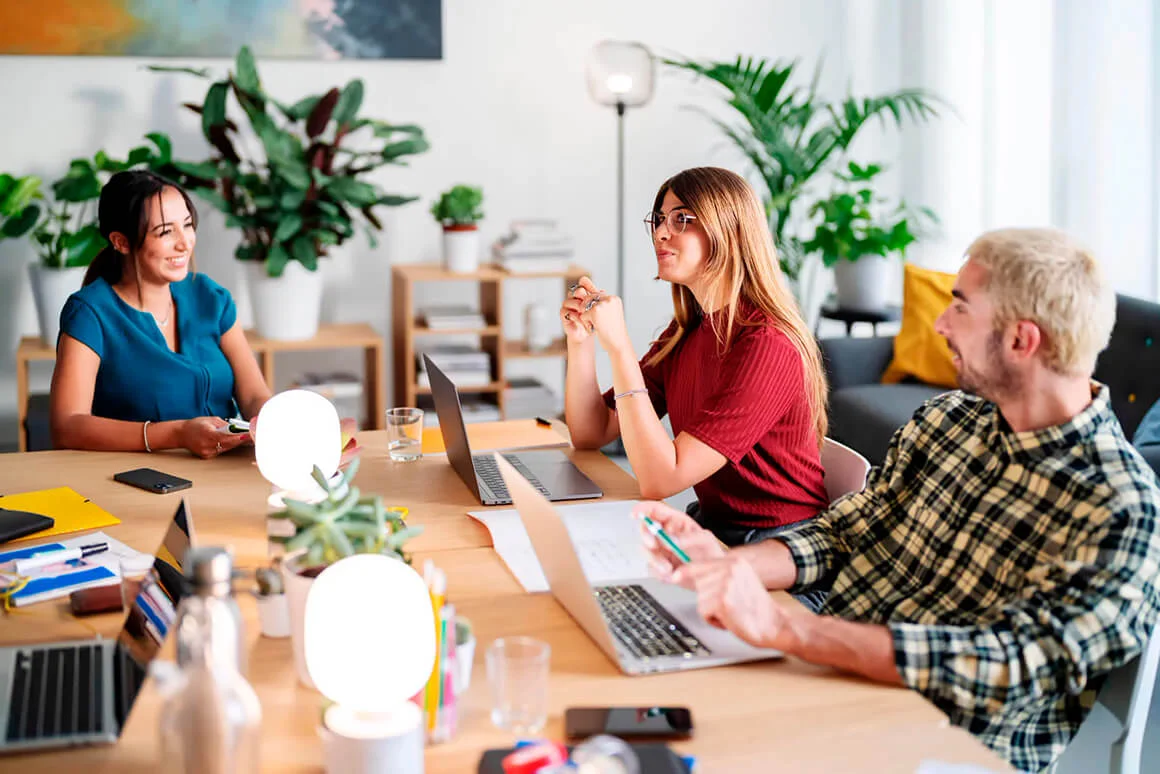
Formation of intellectual skills
The formation of intellectual skills is a process that helps develop thinking, the ability to analyze information, make decisions and solve problems. Here are some ways that can help you build intellectual skills:
- Reading and studying various materials: reading books, articles, scientific papers and other materials can help develop thinking and learn to analyze information. This will also provide an opportunity to learn about new technologies, research, and other news in your field.
- Exercises to develop thinking: there are many exercises that promote the development of thinking and teach you to analyze information. For example, logic and mathematics tasks, games to develop memory and concentration skills, as well as problem-solving exercises.
- Talking to people who have different points of view helps you broaden your horizons and learn to look at problems from different perspectives.
- Practice critical thinking: critical thinking is the ability to analyze information, evaluate it, and make informed decisions. The practice of critical thinking allows you to learn to identify the main information and evaluate its correctness.
- Regularly learning new skills and exploring new areas of knowledge helps you develop your thinking, analyze information, learn about new trends and innovations in your field, and adapt to change.
- The use of various tools and technologies helps to find non-standard solutions. For example, using specialized programs for data analysis or creating presentations makes work more efficient and productive.
Forming intellectual skills is a process that requires time and effort. However, developing these skills helps you become more successful and productive in work, school and personal life. Choose a few methods that work best for you and try to practice them regularly.
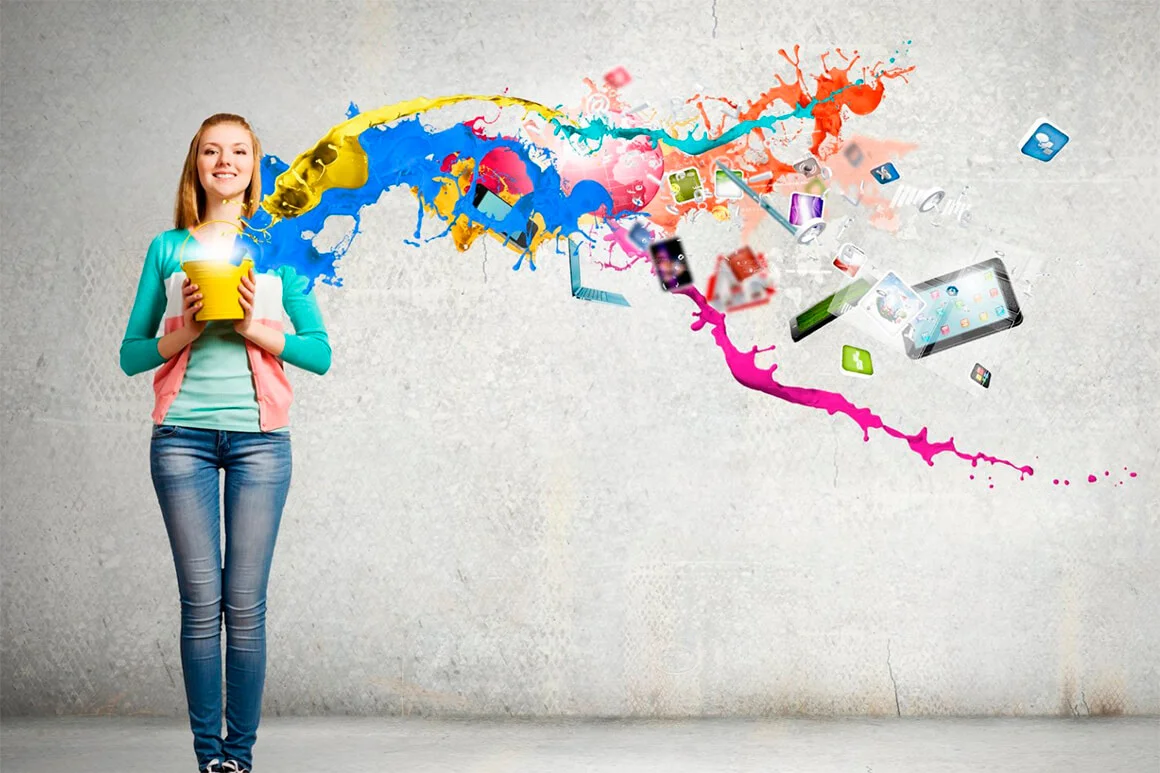
How to unleash your creative potential?
Unlocking your creative potential is an individual process; there is no one-size-fits-all solution. However, here are some tips that can help you unleash your creativity:
- Know your interests. Start by identifying what you really enjoy doing or what you would like to try. This could be drawing, writing, music, dancing, etc.
- Learn and practice. Learn new skills and improve existing ones. Practice is important to develop creativity and build confidence in your abilities.
- Surround yourself with creativity. Constant interaction with creative people and ideas will stimulate your own creativity. Visit museums, exhibitions, concerts and other cultural events. Connect with people who share your interests and can support your creative development.
- Make time for creativity. Schedule time to pursue your creative interests. Regular creativity will help you form a habit and make it easier to achieve success.
- Get out of your comfort zone. Experiment with new ideas, techniques and styles. This will provide an opportunity to open new horizons of creativity and grow as an artist or master of your craft.
- Use a notepad for ideas. Record your thoughts and inspiration in a notepad or digital device. This will help you not to forget flashed ideas and will give you the opportunity to return to them later, when you have time to implement them.
- Stay open to feedback. Invite your projects to constructive criticism and feedback from friends, colleagues or mentors. This will help you develop, improve your work and make your projects even more beautiful.
- Fight creative blocks. If you’re facing writer’s block, try changing your approach, switching to a different task, or taking a break. Sometimes rest and relaxation can help relieve stress and restore creativity. You can also try techniques such as meditation, walking outdoors, or doing creative thinking exercises such as brainstorming or free writing.
- Be patient and persistent. Developing creativity takes time, and results do not appear immediately. Be patient and persistent, keep working on your projects and learn from your mistakes.
- Don’t be shy about your emotions. They are an important source of inspiration. Try to integrate experiences and feelings into creativity. This will help you create deeper and more meaningful projects.
- Look for inspiration everywhere. Discover new sources of inspiration, be it books, films, travel or nature. The more you immerse yourself in a variety of topics and cultures, the more ideas and concepts you can incorporate into your creativity.
- Ask questions. Think about your projects. What do you want to convey to the audience? What impact do you want to have on the world through your creativity? The answers to these questions can help shape your creative direction and goals.
- Don’t be afraid to take risks. Creativity often involves taking risks and failing. Don’t be afraid to try new ideas or experiment with different art forms. You may discover unexpected talents or ways of expressing yourself that are unknown to you.
- Celebrate your successes. Recognize your achievements and celebrate those moments when efforts bear fruit. This helps maintain motivation and self-confidence, which is important for further development of creativity.
- Don’t compare yourself to others. Creativity is an individual process, where everyone has their own path and pace of development. Focus on your own growth and progress rather than on comparison with others.
- Update your creative tools. Sometimes new tools or materials can inspire new ideas and approaches.
- Surround yourself with comfort. Make sure your workspace is conducive to the creative process. Create a comfortable, bright and inspiring atmosphere that will help you focus and be productive.
- Do some self-reflection. Review your successes and failures regularly. Evaluate what’s working and what’s not, and identify areas where you need to put more effort into further growth and development.
- Take care of your physical and mental health. Lead a healthy lifestyle, get enough sleep and eat right. Balancing creativity and self-care will keep you energized and motivated to continue working on projects.
- Contact a psychologist. Discovering a person’s creative abilities is a process that can be achieved within the framework of psychological practice.
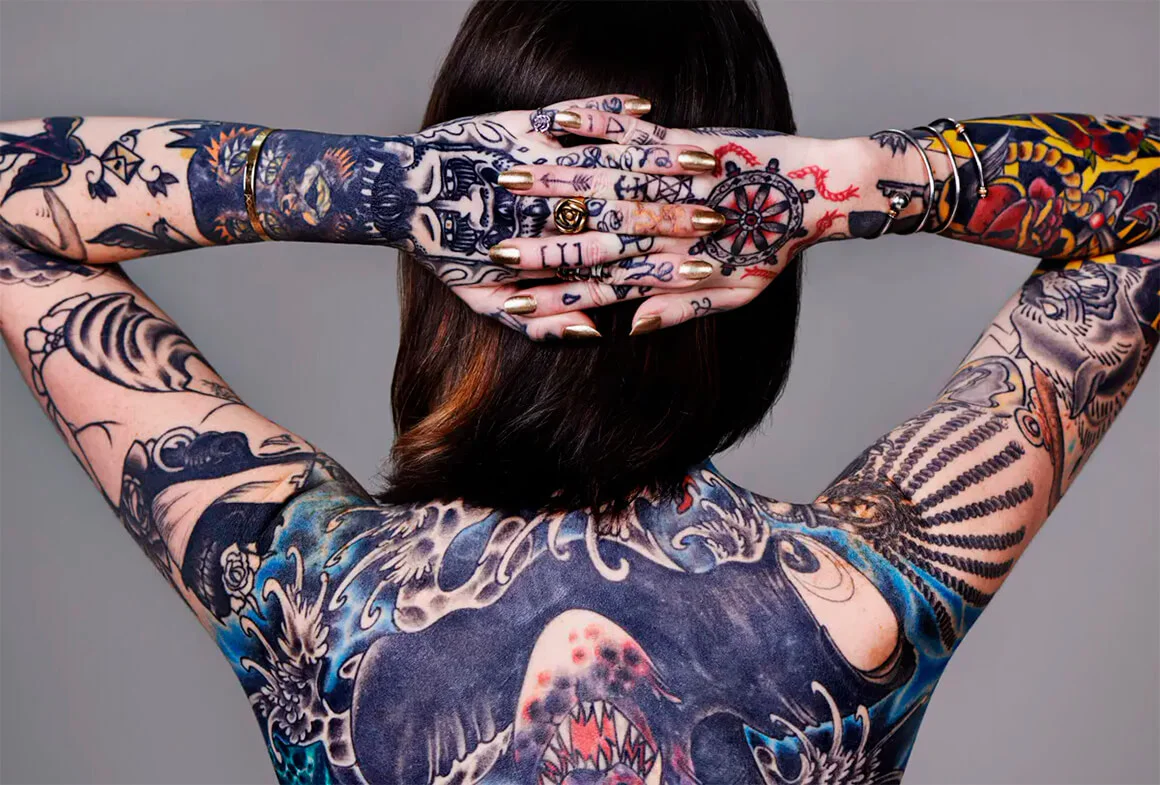
Realization of creative potential
Realizing your creative potential is the process of turning your ideas, skills and talents into concrete projects and achievements. Here are some tips on how to realize your creative potential:
- Set goals. Determine what you want to achieve in your creative field and set goals that are specific, measurable, achievable, relevant and time-bound.
- Create an action plan. Develop a plan to help you achieve your creative goals. Include the steps that need to be completed and consider the resources needed to implement them.
- Practice constantly. Regularly engage in your creativity, improve your skills and try new techniques. Over time, this will lead to increased creativity and increased confidence in your abilities.
- Look for inspiration from a variety of sources – art, music, literature, nature, travel, etc. This will help expand your creative vision and enrich your work.
- Never stop learning. The creative process never ends and there is always something new to learn and improve. Don’t be afraid to seek out new knowledge and learn new skills that can help you grow in your creative field.
Finally, don’t forget that the process of realizing your creative potential may not be easy, but creativity is, at its core, about experimentation and exploration, so don’t be afraid to make mistakes and go your own way.
Overall, realizing your creative potential is an ongoing process that requires persistence, perseverance and self-discipline. By following these tips, you can develop your creative potential and achieve your goals.
